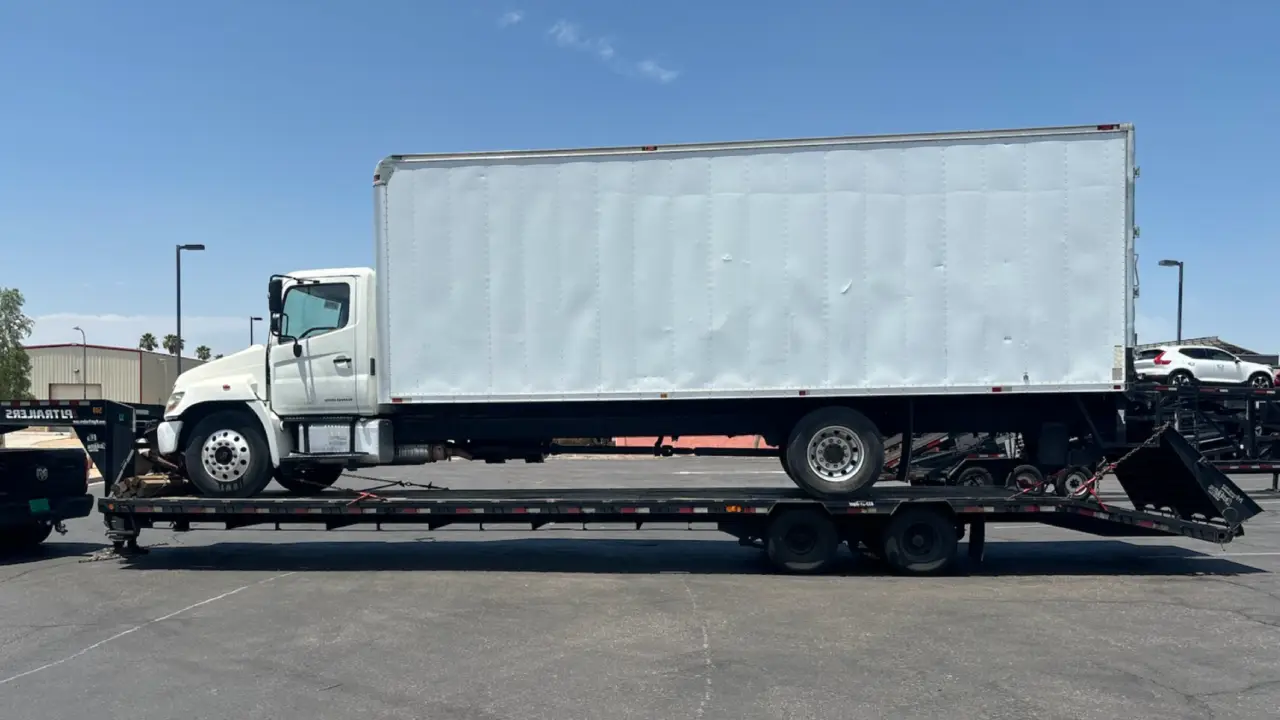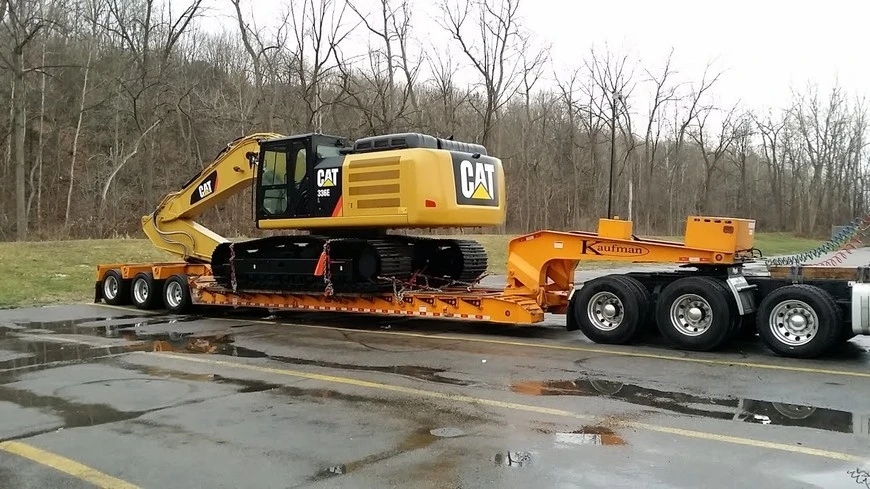When the temperatures drop and snow begins to fall, many car owners realize that moving a vehicle during the colder months is not as easy as it seems. Winter car shipping involves several obstacles—from icy roads and unpredictable weather to delayed schedules and extra precautions. Whether you are relocating, purchasing a vehicle online, or sending a car to a family member, understanding the challenges of auto transport in winter helps ensure a safe and hassle-free experience.
The Seasonal Impact on Auto Transport
Timing plays a major role in vehicle transport during the winter season. Shorter days, lower visibility, and frequent snowstorms often affect scheduling and delivery windows. Drivers transporting vehicles face treacherous road conditions, including black ice and snow-covered highways, making it necessary to take alternate routes. These adjustments can cause slight delays, and customers should remain flexible with delivery expectations.
For instance, transport routes through states such as Colorado, Montana, and Minnesota often experience heavy snowfall. Drivers may need to reroute to safer paths, adding distance and sometimes extra cost. Customers who book early and maintain communication with their shipping provider are more likely to enjoy smoother service, even when weather disruptions occur.
Road Conditions and Delivery Delays
Winter weather doesn’t just affect travel time—it impacts safety and logistics. Auto transport in winter requires carriers to stay updated on road closures, snow advisories, and temperature drops that could affect truck performance. In some regions, transporters may have to stop entirely until conditions improve.
While delays can be frustrating, safety always takes priority. Reliable auto transport services keep customers informed through real-time updates and tracking tools, ensuring they know when to expect their vehicle. The key is to understand that winter brings variables beyond anyone’s control, and a little patience can go a long way.
Preparing Your Vehicle for Winter Shipping
One of the most important steps before scheduling vehicle transport in winter is preparing your car. Cold temperatures can impact a vehicle’s mechanical systems, so it’s wise to take a few precautions. Make sure the battery is charged, antifreeze levels are adequate, and the tires are properly inflated. Cleaning your car before pickup also helps you easily identify any scratches or damage that may occur during transit.
Experts recommend leaving only a quarter tank of gas to reduce vehicle weight and minimize potential risks. Covering the car or opting for enclosed transport is a good idea, especially if you’re shipping a luxury or collectible model.
Choosing the Right Type of Auto Shipping
Selecting the best auto shipping service is especially critical in winter. Customers can usually choose between open and enclosed transport. Open transport is cost-effective and suitable for most cars, but enclosed carriers provide superior protection from snow, salt, and debris.
If you’re transporting a new, high-value, or classic vehicle, enclosed transport ensures that your car remains shielded from harsh weather. The extra cost is often worth it for peace of mind, particularly during the coldest months.
The Role of Reliable Shipping Companies
The success of your auto shipping experience depends largely on your chosen company’s expertise. Providers with winter experience know how to navigate difficult conditions safely and efficiently. They plan ahead, track weather patterns, and stay in constant communication with customers.
Reputable carriers like Ship A1 Transport prioritize clear communication and transparency. They set realistic expectations, keep clients informed about delivery updates, and ensure every vehicle receives professional care from pickup to drop-off.
Understanding Weather-Related Risks
Temperature fluctuations can affect various components of your vehicle during winter car shipping. Cold air can cause tire pressure to drop, and certain fluids may thicken in sub-zero temperatures. These issues can result in minor performance differences upon delivery.
To avoid complications, it’s best to inform your transport company of any existing mechanical problems before shipment. Providing accurate vehicle details helps the carrier take extra precautions to ensure safe handling during extreme cold.
Insurance and Protection During Winter Transport
Another crucial factor to consider is insurance coverage. A professional auto transport service should always include insurance to protect your vehicle against potential damage. Before finalizing your booking, ask for a copy of the insurance policy and review what’s covered.
Take detailed photos of your car before pickup for your records. These serve as evidence if you need to make a claim later. Although rare, damage can happen due to falling debris or icy conditions, so having complete documentation helps you stay protected.
Cost Considerations in the Winter Season
While demand for auto shipping tends to decrease in colder months, costs don’t always follow the same trend. Severe weather can lead to higher operational expenses for carriers—fuel costs, longer routes, and increased risk all play a role in pricing.
The best strategy is to request a quote early. This allows companies to plan efficient routes and offer better rates. Transparent providers explain pricing factors clearly and ensure no hidden fees appear after booking.
Communication and Tracking Tools
Good communication is essential during auto transport in winter. Customers should remain reachable for updates, as unexpected weather conditions can affect timing. Many transport companies now offer real-time GPS tracking, so you can monitor your car’s journey online.
Knowing where your vehicle is—and when it’s expected to arrive—provides reassurance, especially when bad weather causes detours or delays. Reliable companies maintain frequent contact until successful delivery.
The Importance of Proper Planning
Preparation is the foundation of smooth vehicle transport during the winter season. Book your shipment early, prepare your vehicle properly, and choose a company experienced with winter logistics. Don’t wait until the last moment, as truck availability becomes limited when storms approach.
Auto shipping requires coordination and trust, and the best way to achieve both is by planning in advance. Customers who approach winter transport with flexibility and awareness generally enjoy a stress-free process.
Final Thoughts
In the end, auto transport in winter may be more challenging, but it’s far from impossible. With the right strategy, open communication, and a trusted company like Ship A1 Transport, customers can navigate the cold season confidently.
By understanding weather-related risks, choosing the best transport method, and preparing your vehicle properly, you can ensure your car reaches its destination safely and on schedule. Winter might bring snow, ice, and delays, but with the right preparation and mindset, your shipping experience can still be smooth and successful.







